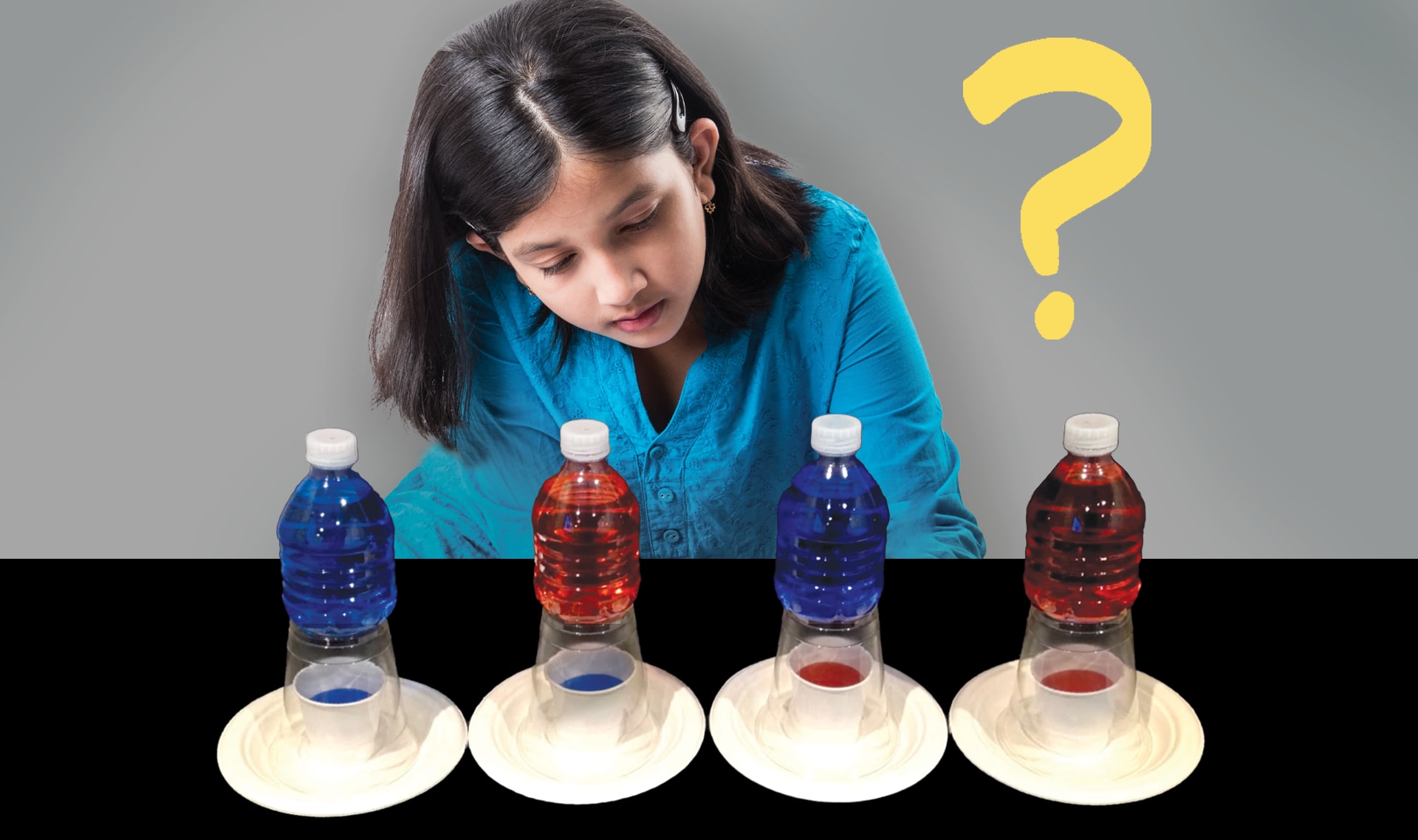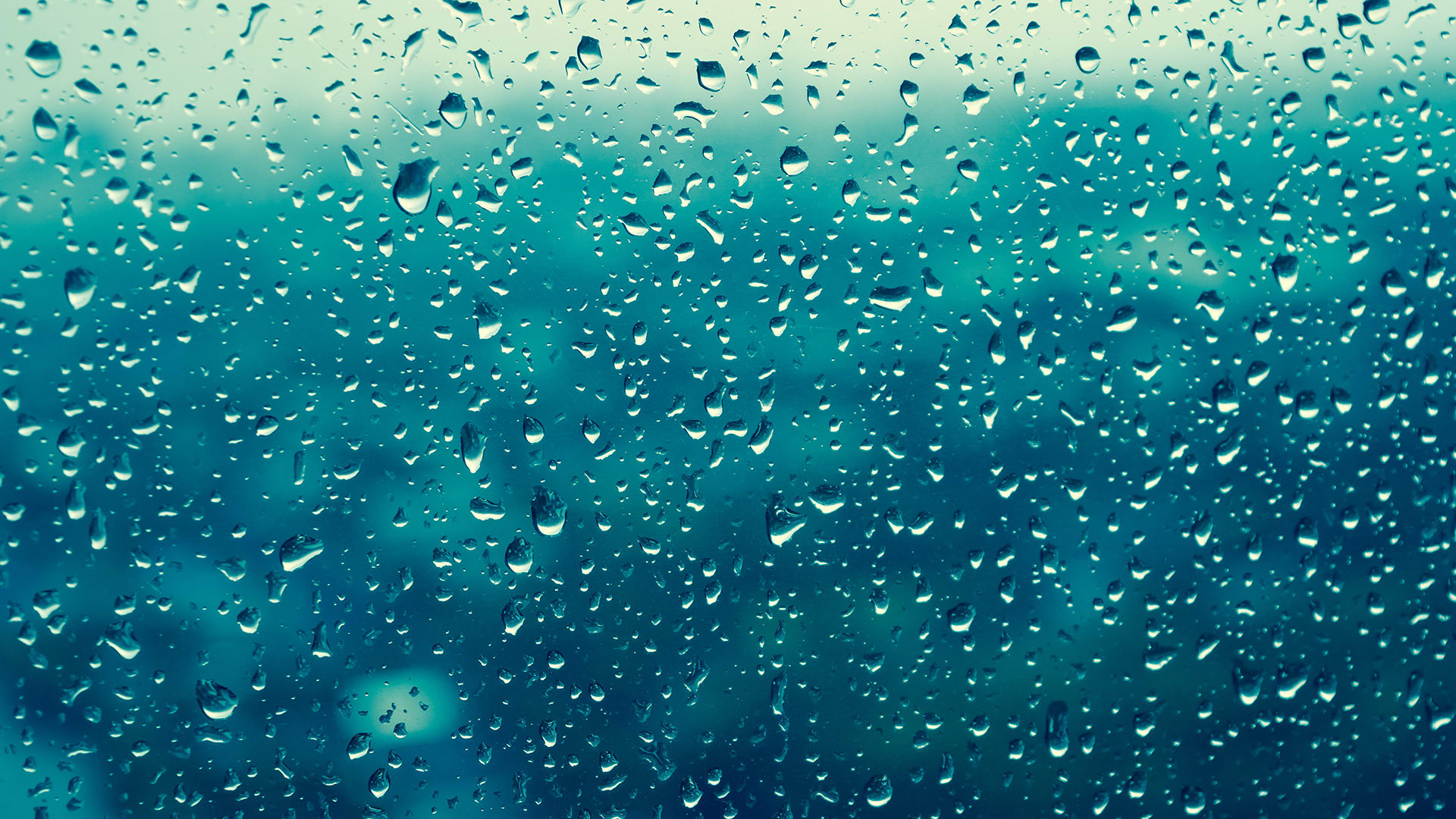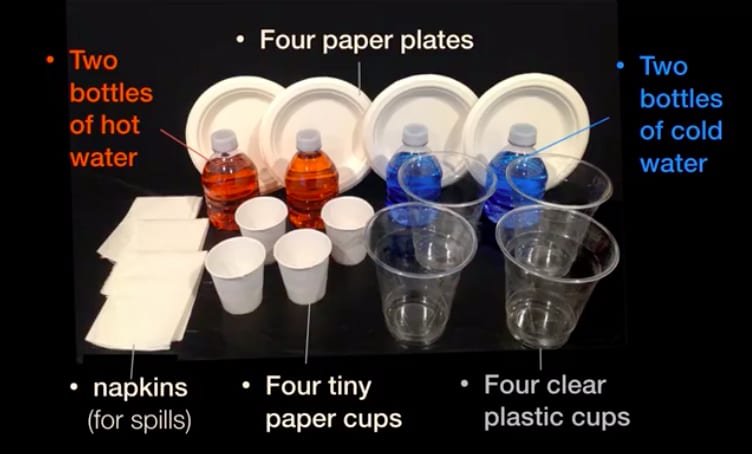
DISCUSS:
Imagine you lived in the same town as Pat’s brother. What could the town do to solve the problem of running out of fresh water? Do you have any ideas?

THINK & DRAW:
What makes it rain? How does rain get up into clouds?
Draw a picture of your ideas. Label your picture with words describing what you think happens.

DISCUSS (1 of 2):
Have you ever noticed a situation where water droplets formed on something?
Go to the next slide to see examples we thought about.
Example (1 of 3): The bathroom mirror after a shower
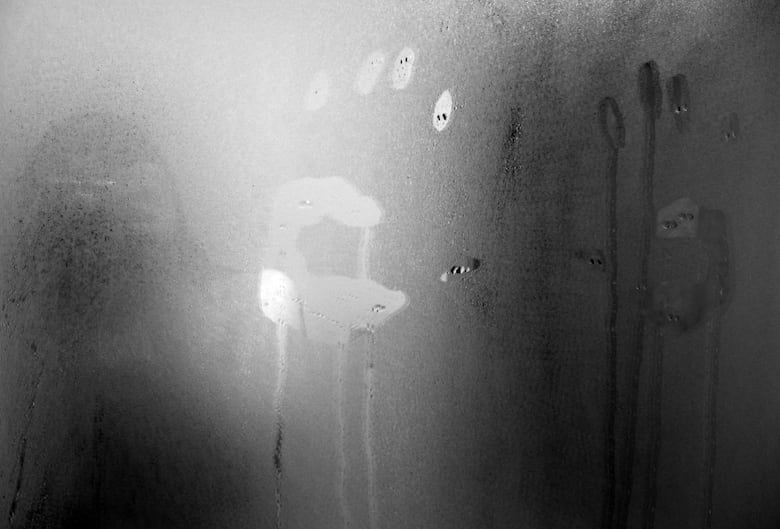
Example (2 of 3): The outside of a cold glass
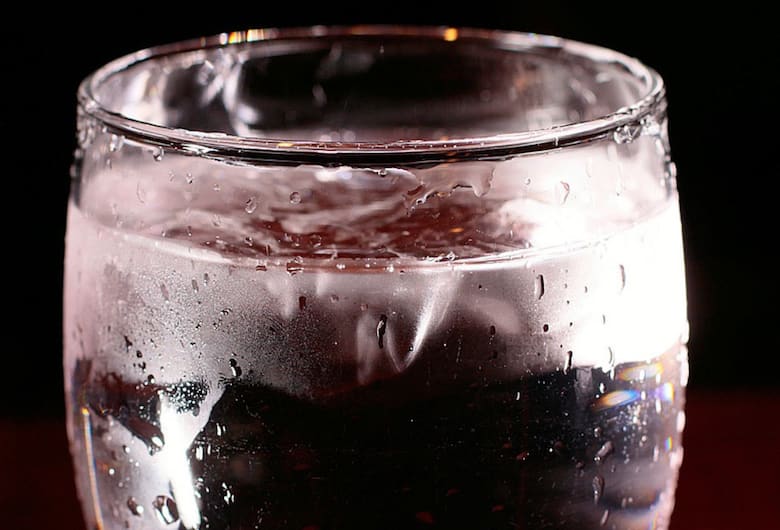
Example (3 of 3): Blades of grass first thing in the morning
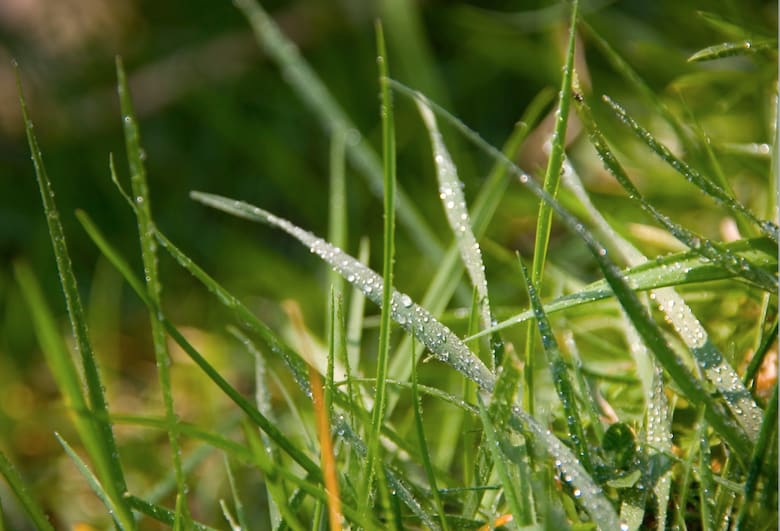
DISCUSS (2 of 2):
Where do you think the water droplets came from? Why do you think they formed in these places?
Hint...
Evaporation (water turning from liquid to gas) had to do with temperature: the more you heated the liquid, the more it became water vapor. Could water turning from gas back to liquid also have to do with temperature? Think about the examples we just saw.


















boil

evaporation

water vapor
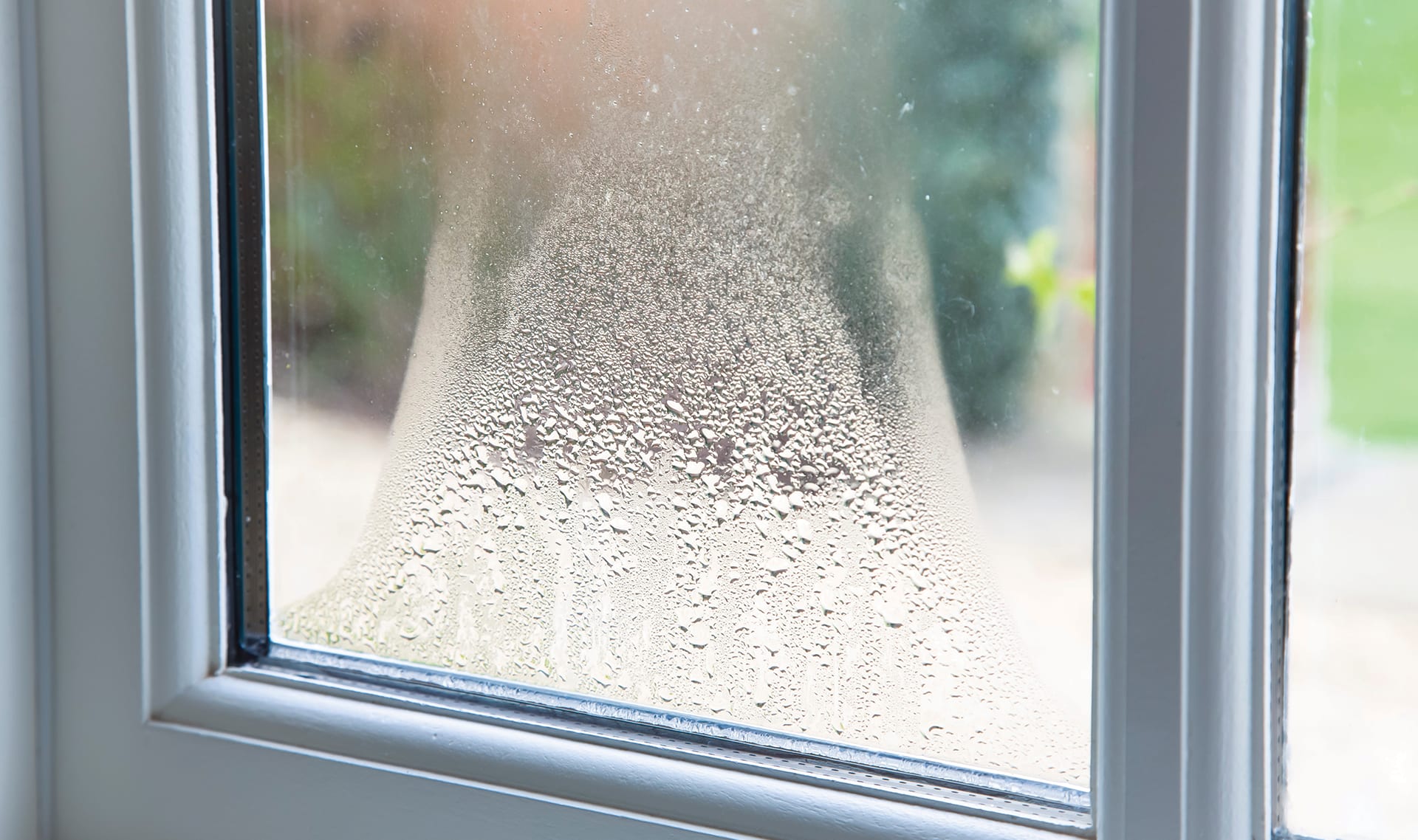
condensation
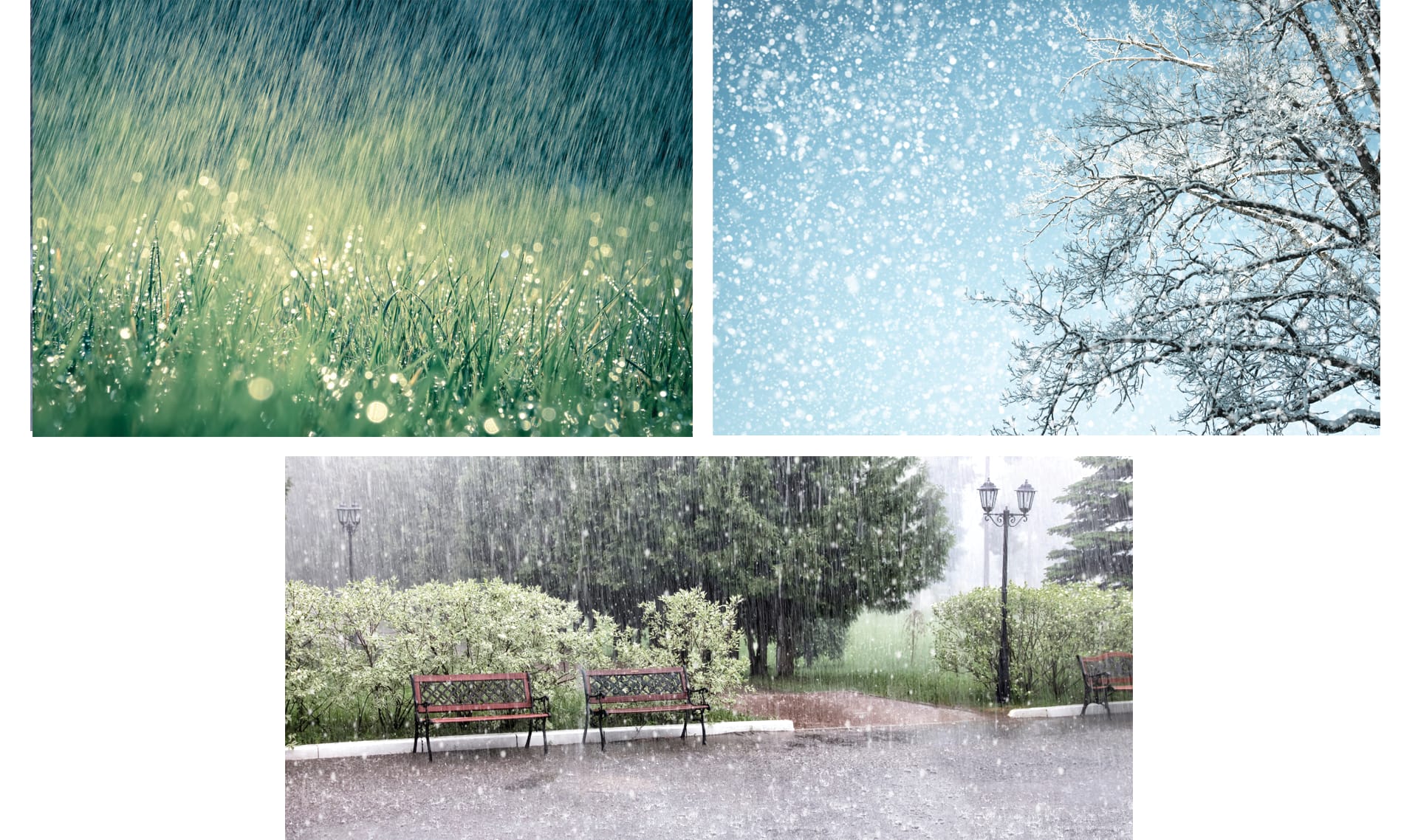
precipitation
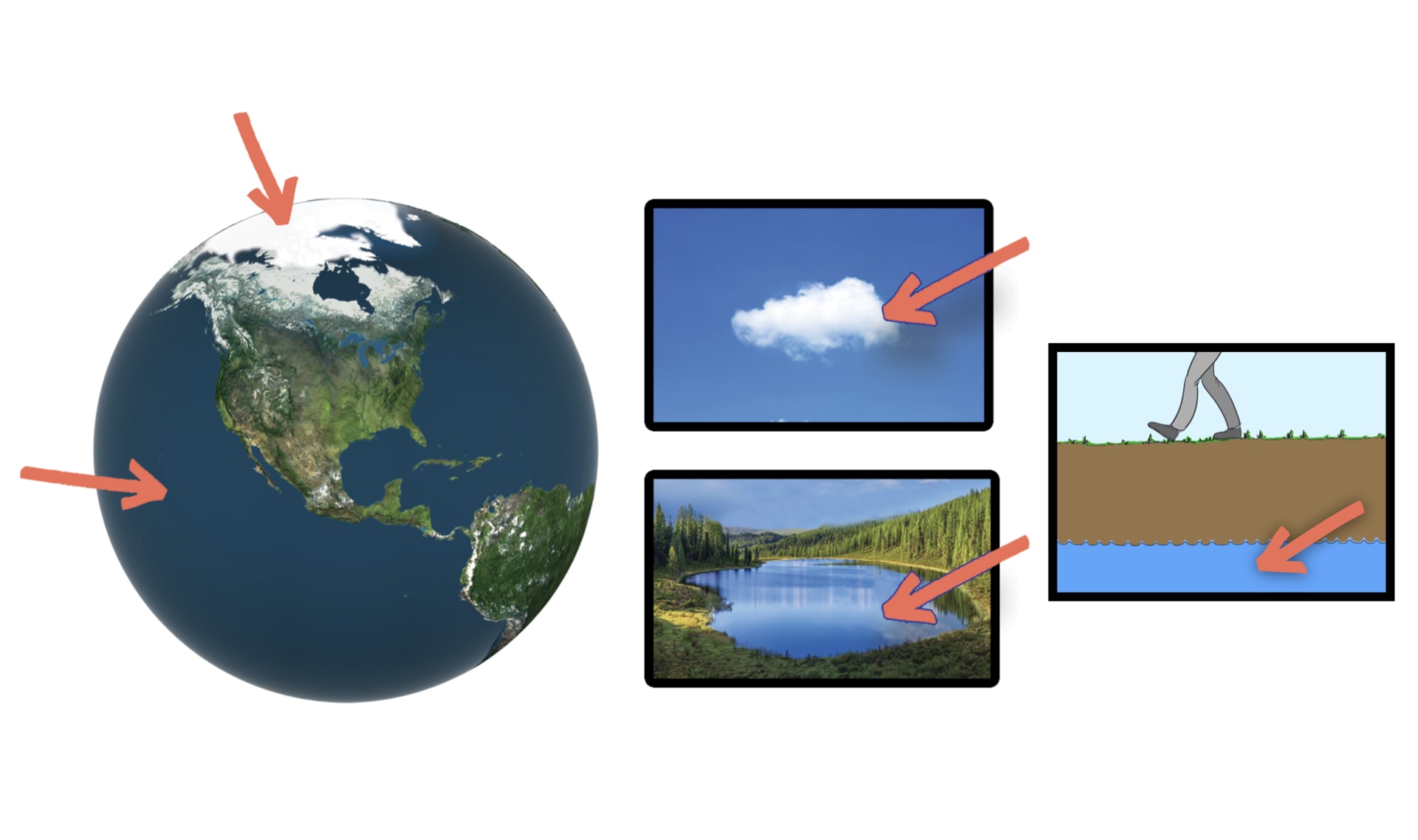
hydrosphere
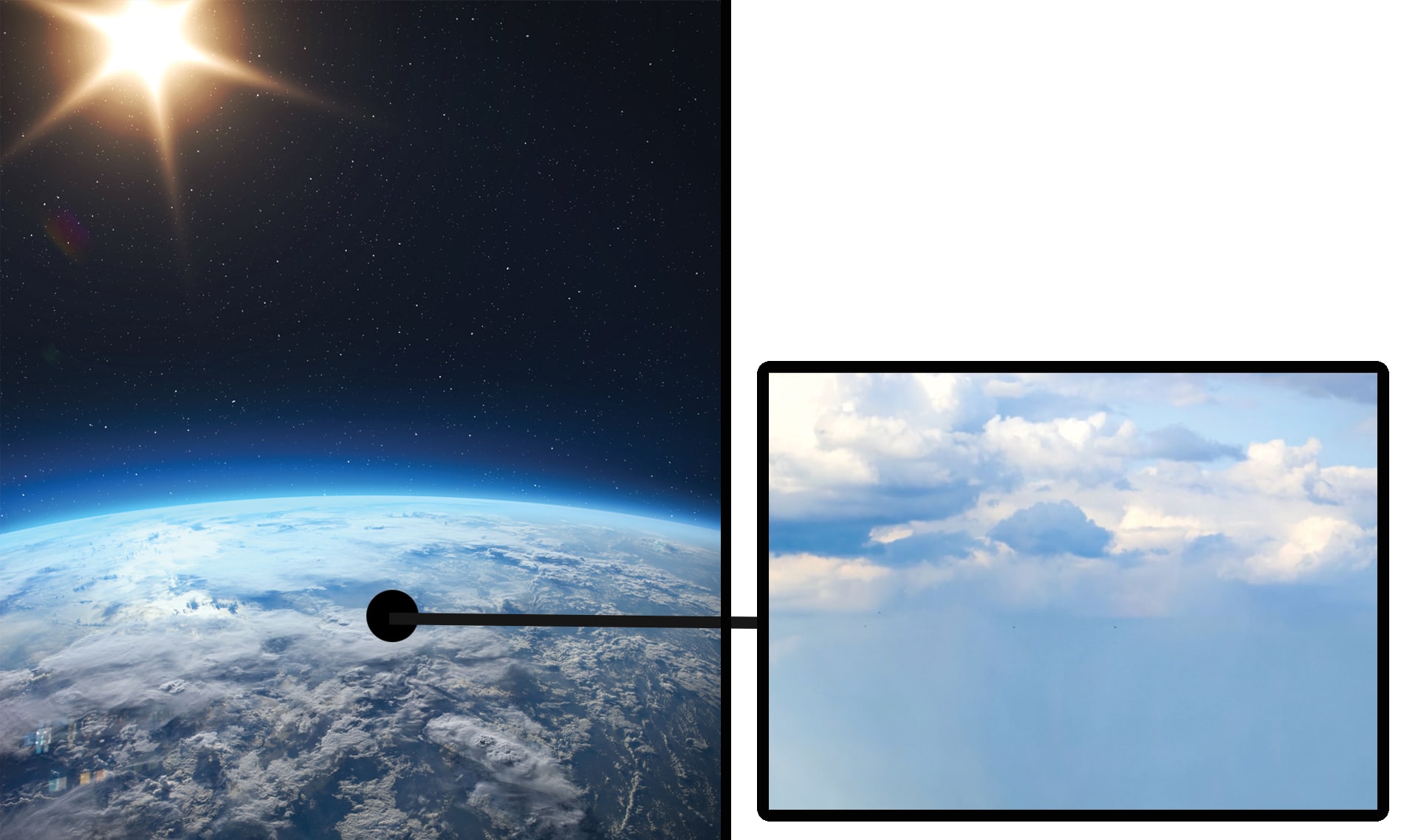
atmosphere
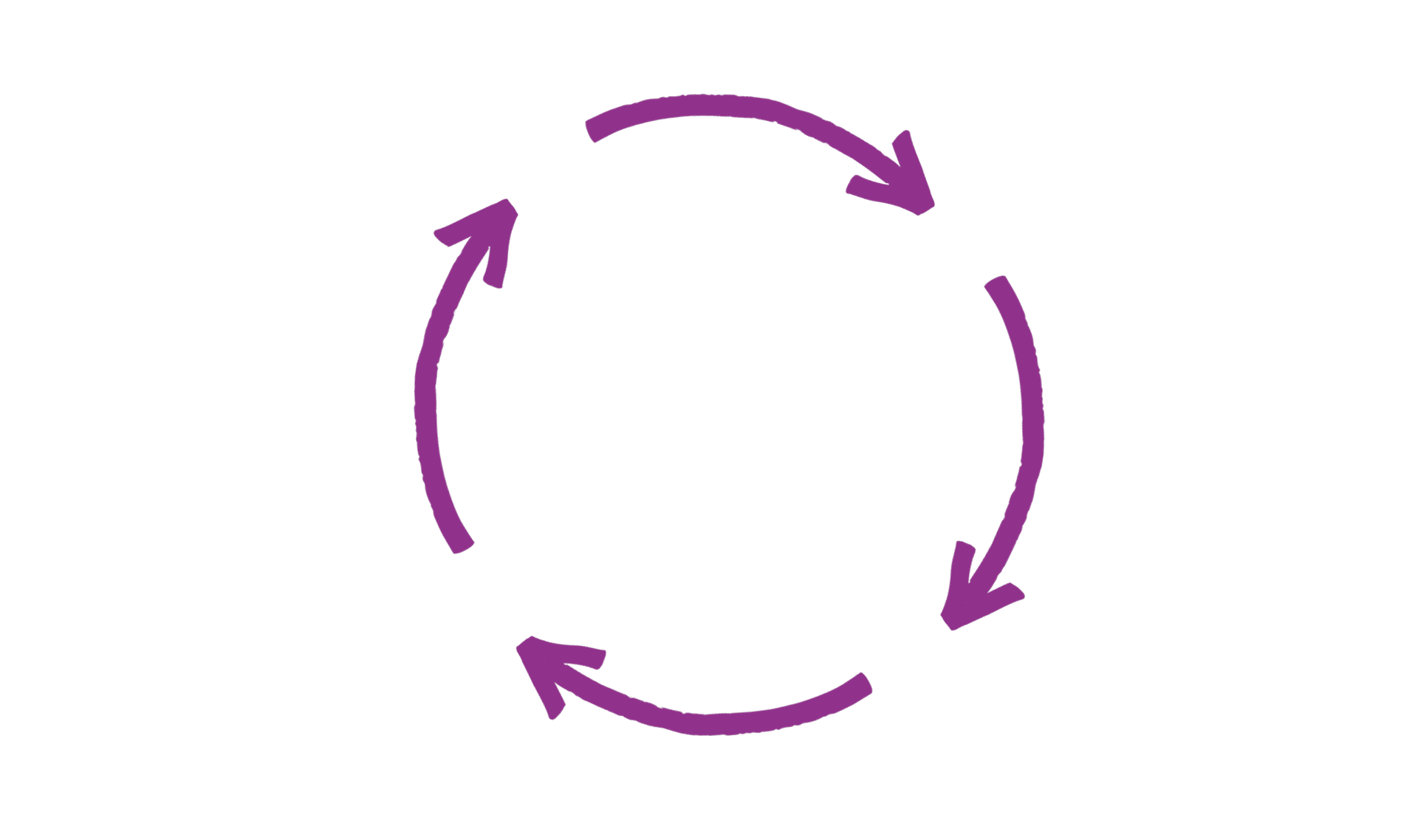
cycle
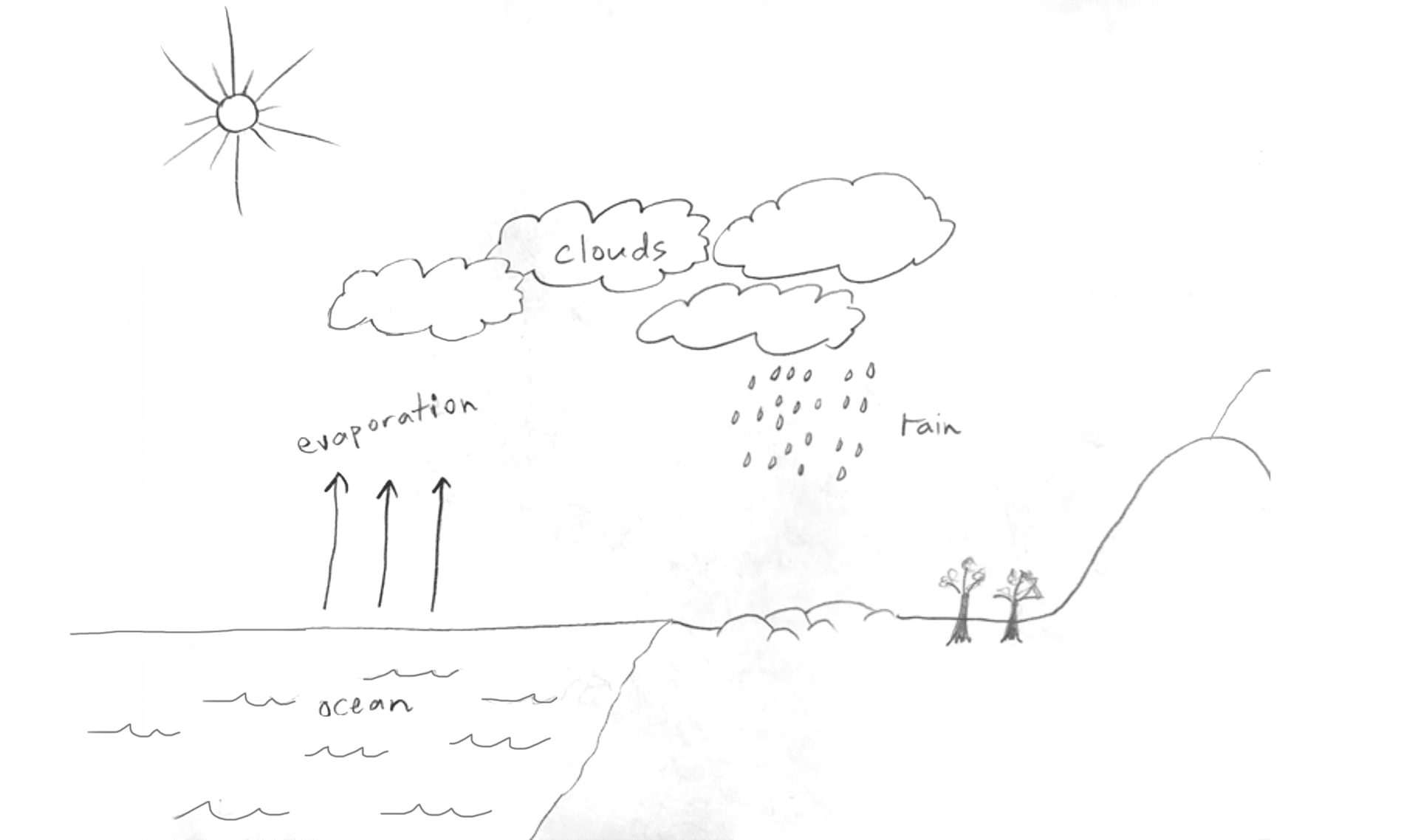
water cycle

temperature

model
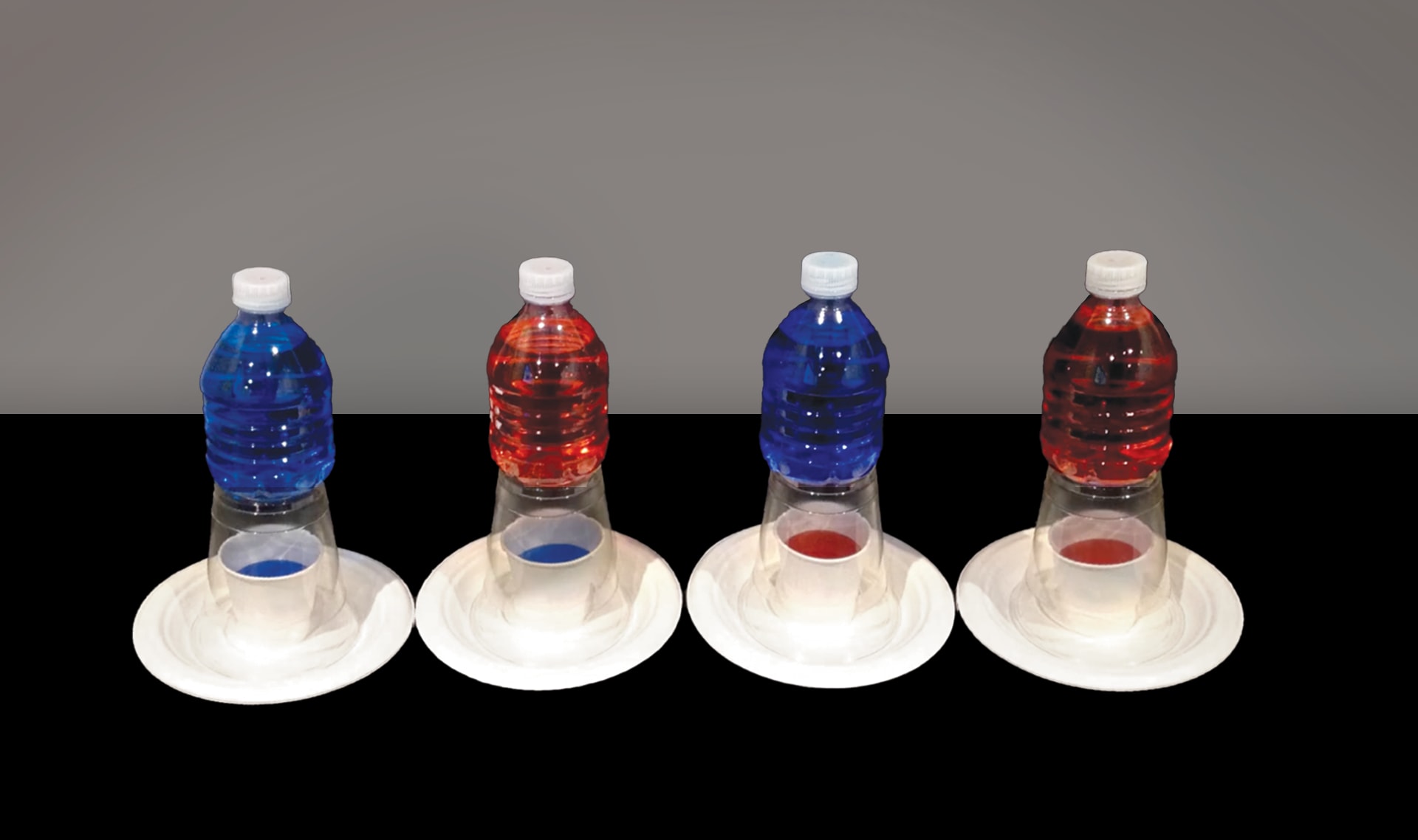
experiment
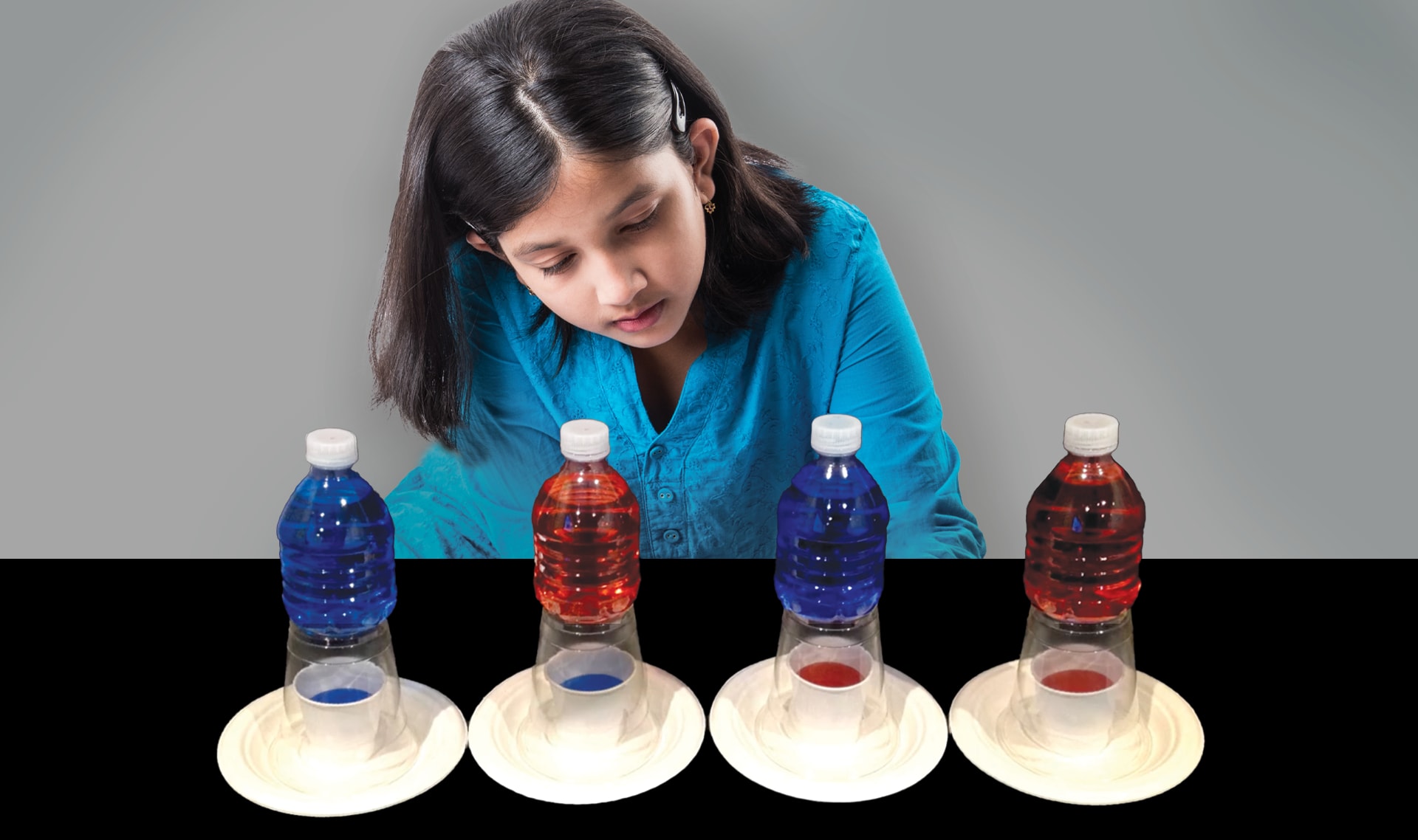
observe
